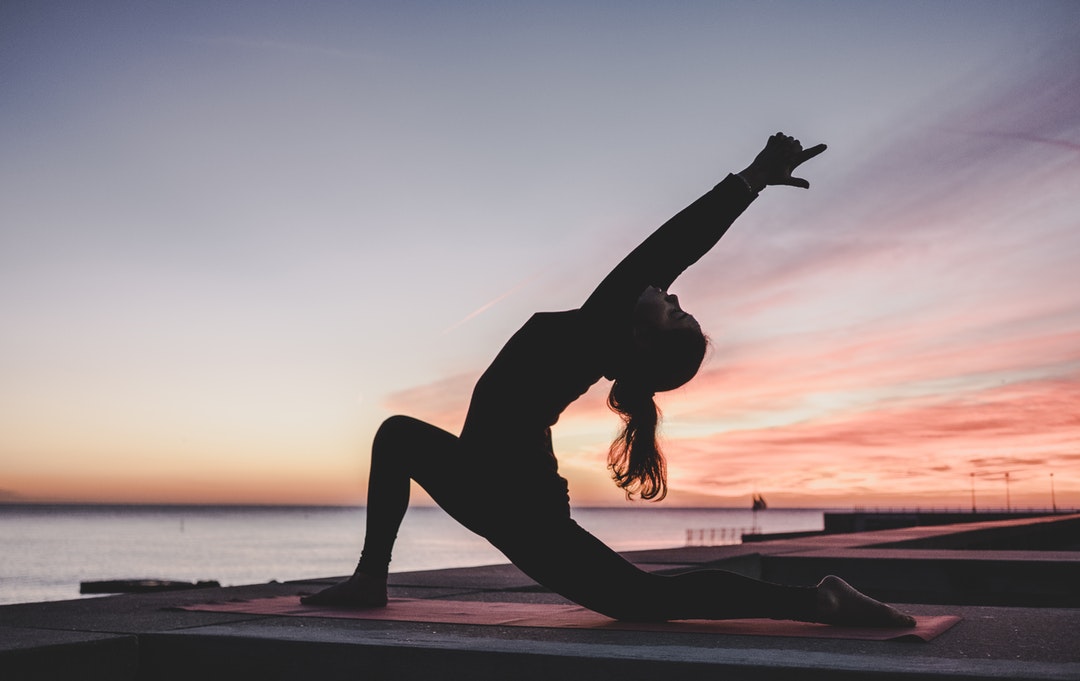According to medical research, yoga is able to help improve over a dozen health conditions. These can include stress, anxiety, and even your immune system.
Although many people are familiar with yoga in its most basic form, not everybody understands the differences between restorative yoga vs. yin yoga. Let’s take a quick look at the key details you need to know about both of them.
What Is Restorative Yoga?
Restorative yoga is a form of yoga that emphasizes relaxation. It’s often done using props, such as blankets and bolsters, to support the body in various positions.
The goal is to help the practitioner find stillness and ease both mentally and physically. As the name suggests, the purpose of this type of yoga is to help restore the practitioner to perfect health.
It achieves this by stimulating the parasympathetic nervous system. It also focuses on emphasizing relaxation.
By using the aforementioned props, you can achieve a deeper stretch than you would normally be able to. Sometimes, overcoming certain medical issues requires you to use items like these to achieve the results you need.
To get the best results possible, you should work with a qualified instructor. Some of the more advanced movements require guidance to avoid injury.
What Are the Benefits of Restorative Yoga?
The benefits of restorative yoga are vast. This type of yoga can help improve conditions such as stress, anxiety, insomnia, and even chronic pain.
It does this by helping to calm the mind and body. Additionally, it helps improve breathing and circulation.
Overall, restorative yoga is a great way to promote relaxation and improve physical ailments. Above all else, restoring and improving mobility is one of the most notable benefits of restorative yoga.
This makes it a great option for those who have experienced sports injuries.
As your body begins to heal, it will also improve your mental health. Nagging injuries can hamper someone’s mood if they go unchecked. To help clarify, imagine you have a pulled groin that simply won’t seem to heal.
You’ll be reminded of this injury every single day when you get out of the chair, get up out of bed, etc.
For those who have active lifestyles, this can be something that is difficult to overcome mentally. Once you finally begin making progress with your healing, it is likely that your mental state will quickly improve.
Restorative yoga can also help prevent future injuries by improving flexibility.
Yin Yoga Explained
On the other hand, yin yoga is all about holding poses for a longer period of time. In fact, many yin yoga poses are held for 3-5 minutes.
This is a great way to stretch the connective tissues in the body. As with restorative yoga, props can be used to make the poses more comfortable. Due to the deep stretch that you experience, this type of yoga will also help improve flexibility.
It’s a great choice for those who are looking for a more passive yoga practice. However, it should be noted that yin yoga is inherently more uncomfortable than restorative yoga is.
In fact, it’s designed to serve as a mental challenge for those who take part in it. The premise here is that bringing people out of their comfort zone will help fortify them mentally.
For example, you might be required to stay in an extremely uncomfortable position for five minutes at a time. As you hold this position, it will be up to you to take your mind off of the discomfort or pain that you feel.
What Are the Benefits of Yin Yoga?
Yin yoga has many of the same benefits as restorative yoga. These can include improved stress levels, better sleep, and increased flexibility.
Additionally, yin yoga can help to improve joint health. This is due to the fact that it helps to increase blood flow and circulation to the joints. This can be especially helpful for those who suffer from chronic joint pain.
Holding uncomfortable positions for extended periods of time will also strengthen many different supporting muscles you would normally use. This makes it a great supplementary routine for those who focus on strength-based sports.
For instance, let’s assume that someone who plays competitive soccer starts a yin yoga routine. They may find that they are able to sprint faster and become more agile over time.
Looking for a way to improve your yin yoga?
You can check out this training to learn more about how you can do so through online classes and yin yoga advice.
So, What’s the Difference?
The main difference between these two types of yoga is that restorative yoga is more about relaxation and yin yoga is more about stretching and taking someone out of their comfort zone. Restorative yoga is a great way to calm the mind and body, while yin yoga can help to significantly improve flexibility.
Both practices have many benefits and can be a great addition to any yoga routine.
You can consider restorative yoga as something that focuses more on your body. In contrast, yin yoga will focus more on your mind.
Restorative Yoga Vs. Yin Yoga Isn’t as Complicated as It Seems
At first, understanding restorative yoga vs. yin yoga might seem like a difficult task. The good news is that the above guide has all the details you need to know to help choose the one that’s best for you.
Looking for other useful lifestyle tips? Be sure to check out the rest of our blog for articles like this one.




